
Good morning. It’s Tuesday, Nov. 16.
| • | Officials aim to bolster state’s abortion infrastructure. |
| • | California gas prices increase to an all-time high. |
| • | And a deaf football team’s wins electrify Riverside. |
Statewide
1
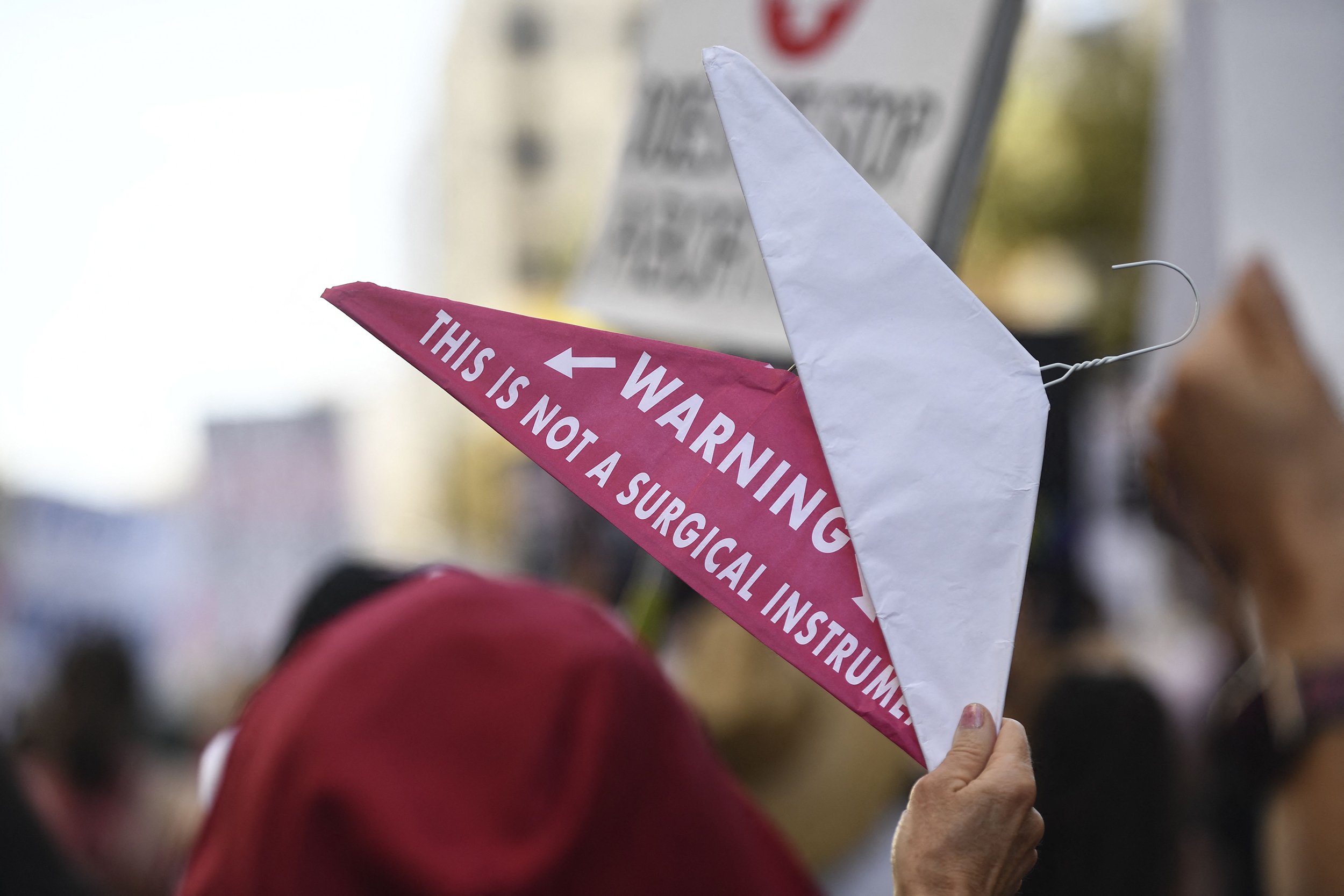
Protesters marched for abortion rights in Los Angeles on Oct. 2.
Patrick T. Fallon/AFP via Getty Images
As other states move to restrict access to abortion, California is making plans to become the nation’s abortion provider. Democratic leaders have asked a group of reproductive health experts to help prepare the state for surging demand from out-of-state patients. One area of focus: creating “hubs” that can provide large numbers of abortions in easy-to-reach locations. L.A. Times
2
In a 4,900-word story published Sunday, CNN detailed growing bitterness between the offices of Vice President Kamala Harris and President Joe Biden. West Wing aides frustrated by the Bay Area politician’s lack of focus have “largely thrown up their hands,” the network said. Harris’ team, meanwhile, is accusing Biden of putting her in “no-win” political situations. One point of contention: Harris said she didn’t want the southern border portfolio but got stuck with it anyway.
Talk of presidential successorship among Democrats has spilled into open view, with some questioning Harris’ positioning. Politico | Washington Post
3
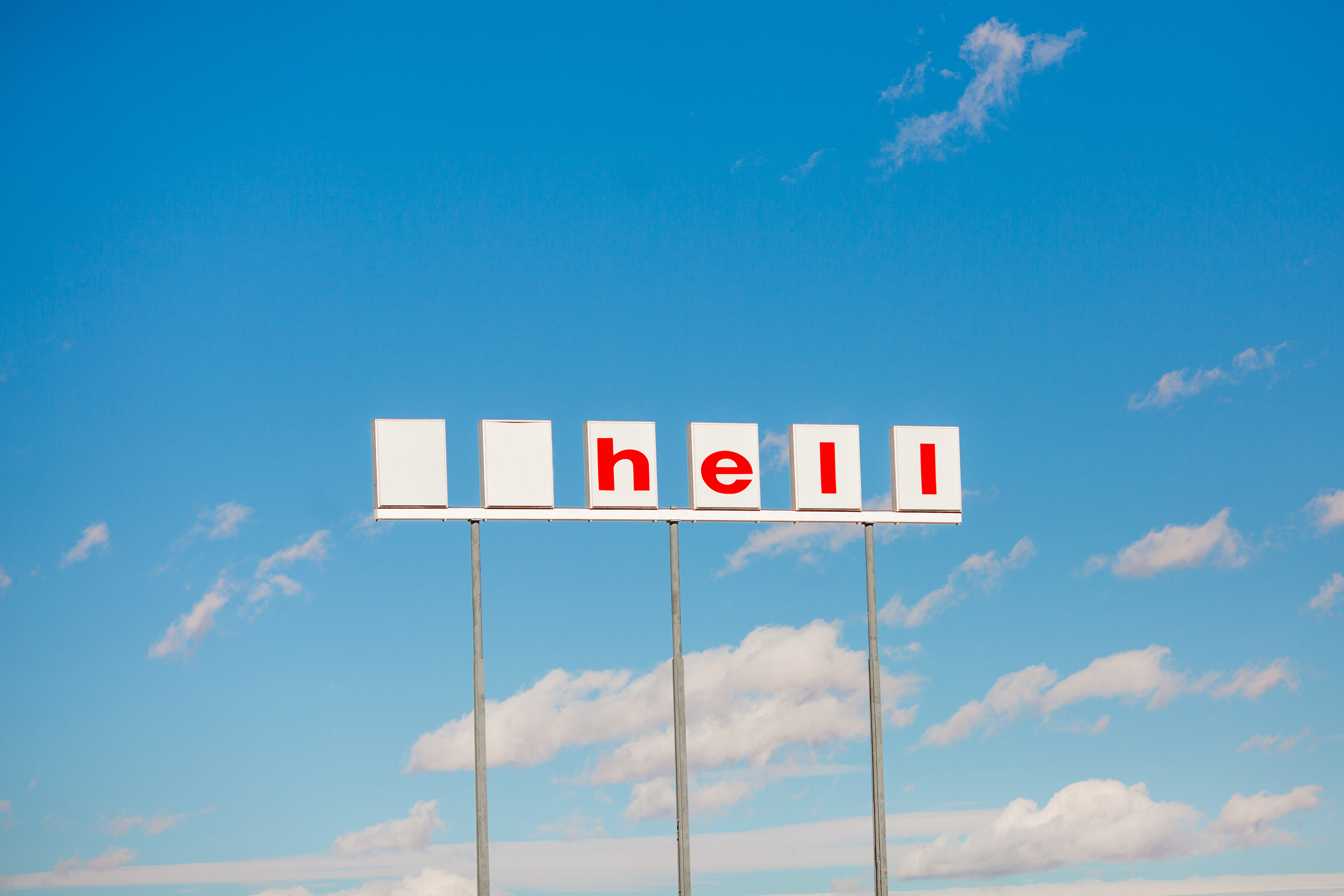
Californians are feeling the pain at the pump.
Gas prices in California reached an all-time high Monday for a second day running as the average price of a gallon soared to $4.682, according to the American Automobile Association. Californians typically pay more for gas than anywhere in the country because of higher taxes. A gallon is now about $1.50 more than it was a year ago, meaning the owner of a typical midsize sedan is paying about $21 more to fill up the tank. Analysts attributed the spike in part to pent-up pandemic demand. L.A. Times | Bloomberg
4
Amazon agreed to pay $500,000 and submit to monitoring after California said the retail giant concealed Covid-19 case numbers from its workers. “Amazon’s practices led to workers not knowing if they had been potentially exposed to two, 20, or even 200 cases of Covid-19,” Attorney General Rob Bonta said Monday. “That’s coming to an end.” Amazon employs about 150,000 workers in California, most at sprawling warehouses. Mercury News | A.P.
Northern California
5
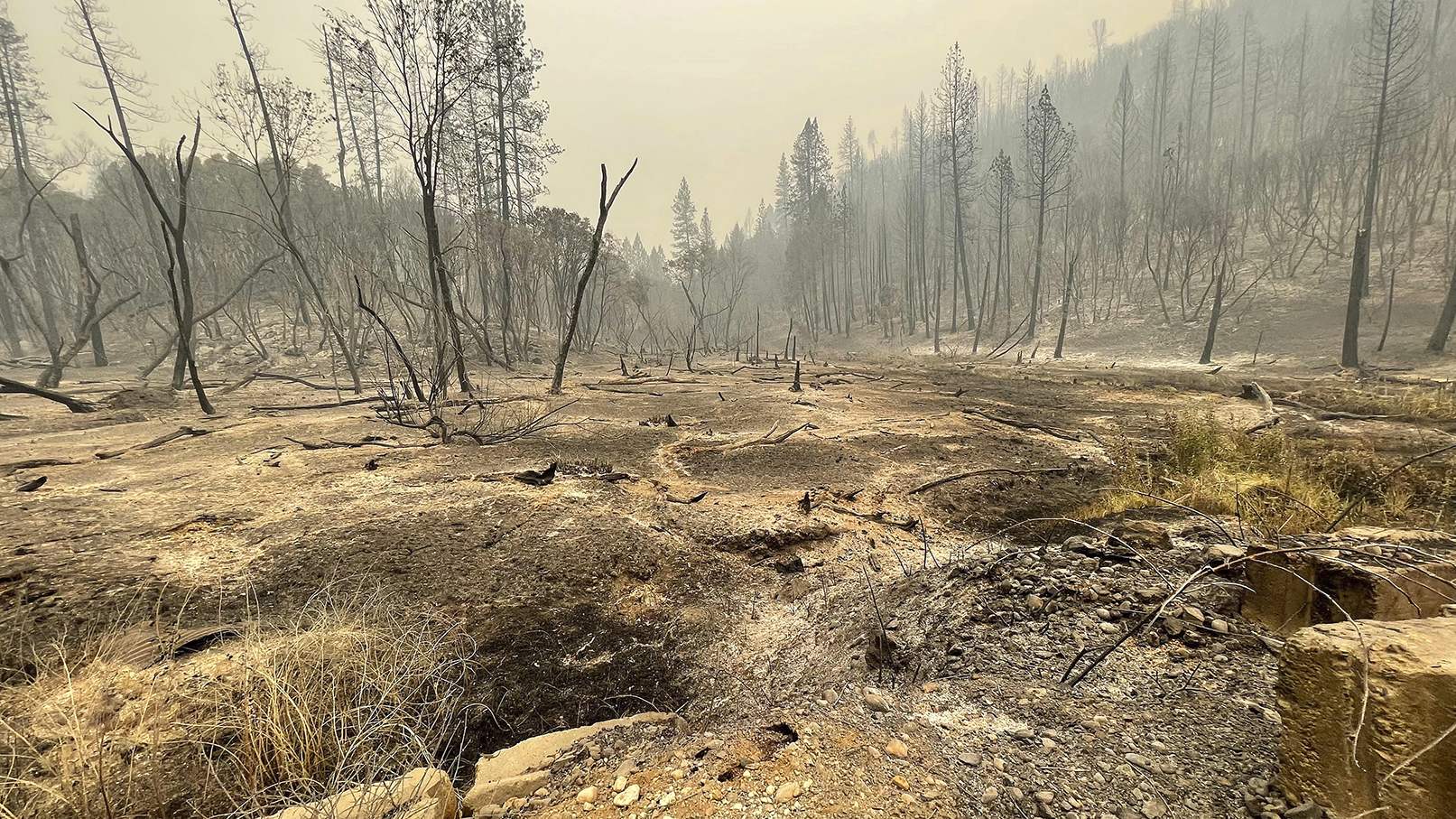
The River Fire consumed thousands of acres in Placer and Nevada counties.
Elias Funez/The Union via A.P.
Of the $11 billion FEMA has allocated to preventing natural disasters over the past decade, only $1.5 billion has been spent. The vast majority of the money has been stuck in bureaucratic red tape. That’s had tragic results for the residents of Mount Olive Road in Grass Valley. This fall, FEMA tentatively approved an urgent forest thinning proposal — four years after the county applied for the funding, and weeks after the River Fire burned the place to the ground. Washington Post
6
Sacramento’s mayor, Darrell Steinberg, proposed a solution to his city’s homeless crisis on Monday: a right to housing with a parallel obligation to accept it. If adopted, the measure would be the first of its kind nationally. Sacramento has seen more than 10,000 people sleeping on the city’s streets in a given year. Officials could start clearing camps by 2023. Capital Public Radio | Sacramento Bee
7
The conservative columnist George Will on what ails San Francisco:
“In 2018, there were 20,933 calls to San Francisco’s government complaining about human feces. In 2019, the city spent $100 million cleaning streets (four times more than Chicago, which has 3.5 times more people and is 4.5 times larger) because the city has more than 5,000 unsheltered homeless — a 95 percent increase in 15 years. In those years, in clement Miami, the unsheltered population declined 50 percent.” Washington Post
Southern California
8
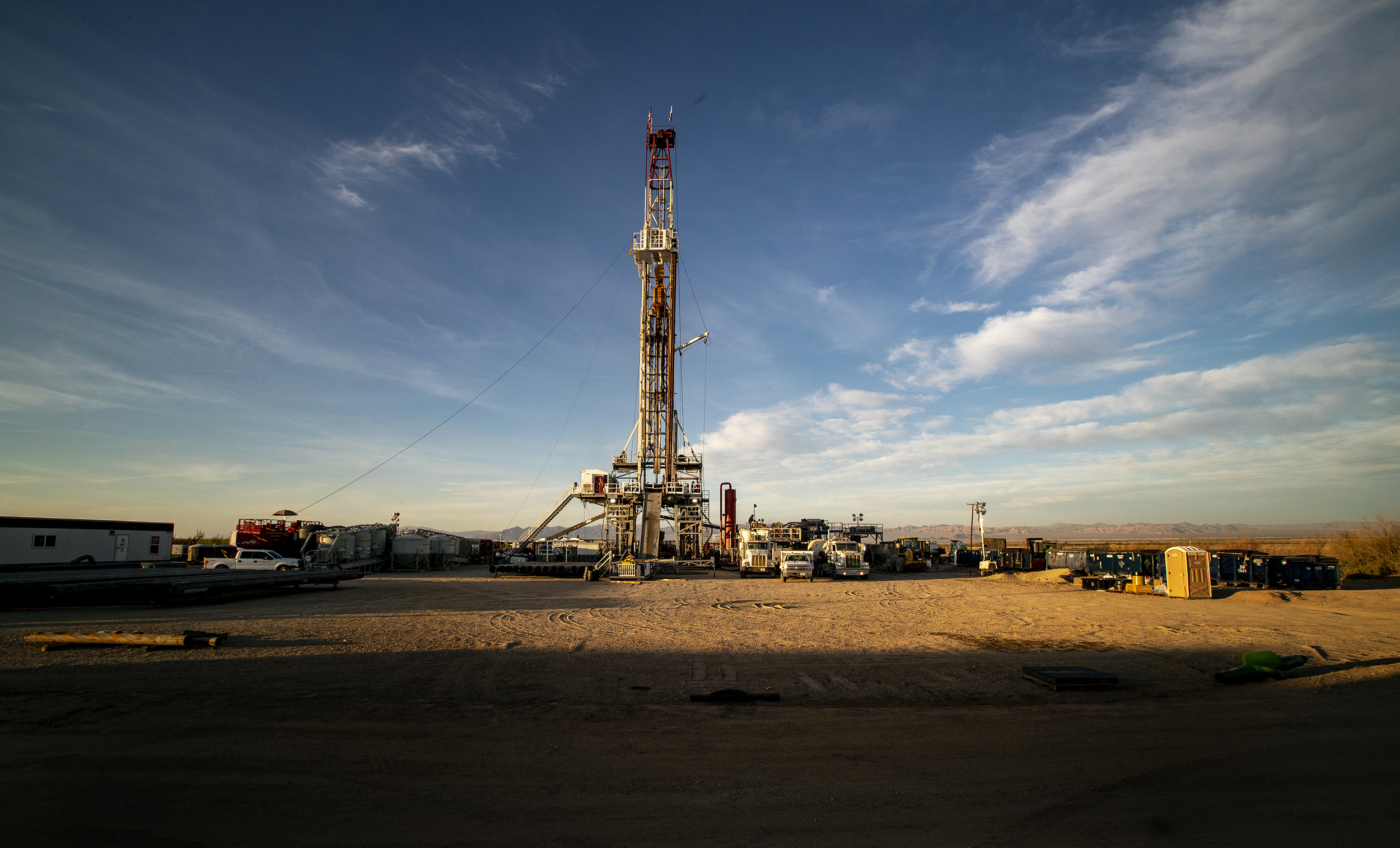
A drill rig operated by Controlled Thermal Resources near the southern shore of the Salton Sea.
Gina Ferazzi/L.A. Times, via Getty Images
After years of hype and headlines, a developer has begun digging for lithium near the southern shore of the Salton Sea. The $500 million project could make the Imperial Valley a powerhouse in the production of lithium, a crucial ingredient in batteries, amid booming global demand for energy storage. Researchers say the Salton Sea could yield 600,000 tons of lithium a year, almost eight times the global production in 2019. L.A. Times
9
Athletes at the California School for the Deaf in Riverside are used to being underestimated. But a remarkable winning streak by the varsity football team has electrified the school and surrounding community. They have gone undefeated through 11 games in part by confounding rivals with a system of coded hand signals. An opposing team’s coach offered this warning after being trounced 84-12 on Friday: “I would say be careful in thinking that you have an advantage. They communicate better than any team I have ever coached against.” N.Y. Times
10
The reason your new smart television is so cheap? It’s collecting data on your viewing habits and selling the data to advertisers. In an earnings report last week, the Irvine electronics company Vizio revealed that it’s now making twice as much from viewer data as it does from selling TVs. Vizio calls it “post-purchase monetization.” Critics call it “surveillance capitalism.” Gizmodo | The Verge
11

KobeMural.com shows the locations of Kobe Bryant murals.
Los Angeles has become a land of Kobe Bryant murals. According to the mapping project KobeMural.com, there are now more than 300 artworks depicting the Laker legend on outdoor walls across the city. Hundreds more are displayed in countries as far flung as Senegal, Kuwait, and Malaysia. A companion Instagram feed has pictures. 👉 @KobeMural
California archive
12
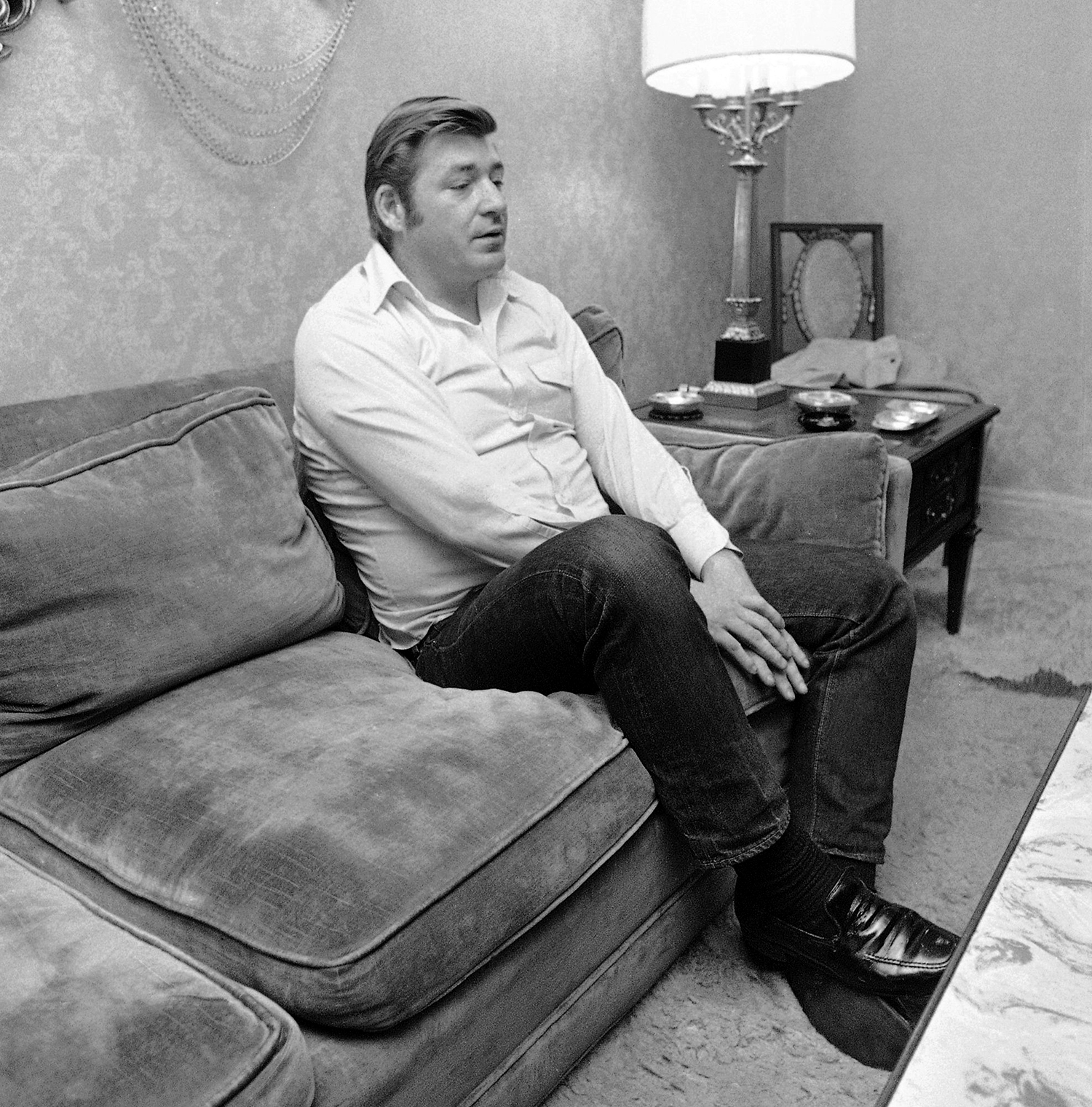
Oliver Sipple was interviewed soon after the assassination attempt in 1975.
A.P.
Oliver Sipple was an accidental hero.
On a Monday afternoon in September 1975, he happened to be standing next to Sara Jane Moore, a would-be assassin, as she pulled a .38 revolver from her purse and pointed it at President Gerald Ford outside San Francisco’s St. Francis Hotel. A Vietnam veteran, Sipple grabbed Moore’s arm as she fired, sending the bullet into the pavement.
Sipple, who was born on this week in 1941, said anyone would have done the same. But in news reports the next day he was feted as a national hero.
That might have been all there was to Sipple’s turn in the history books, but Herb Caen, the San Francisco Chronicle columnist, got a tip he couldn’t resist: Sipple was gay. The information came without Sipple’s permission from the gay rights activist Harvey Milk, who wanted to highlight the heroism of a gay former Marine at a time when homophobia was the norm.
Two days after Moore’s failed assassination, Caen outed Sipple in his column. The press clamored over what the New York Times described in a headline as a “homosexual controversy.” Infuriated, Sipple told reporters that his private life was nobody’s business. “I feel that a person’s worth is determined by how he or she responds to the world in which they live, not on how or what or with whom a private life is shared,” he said. “These are my words and they’re my feelings. This is all I have to say on this subject.”
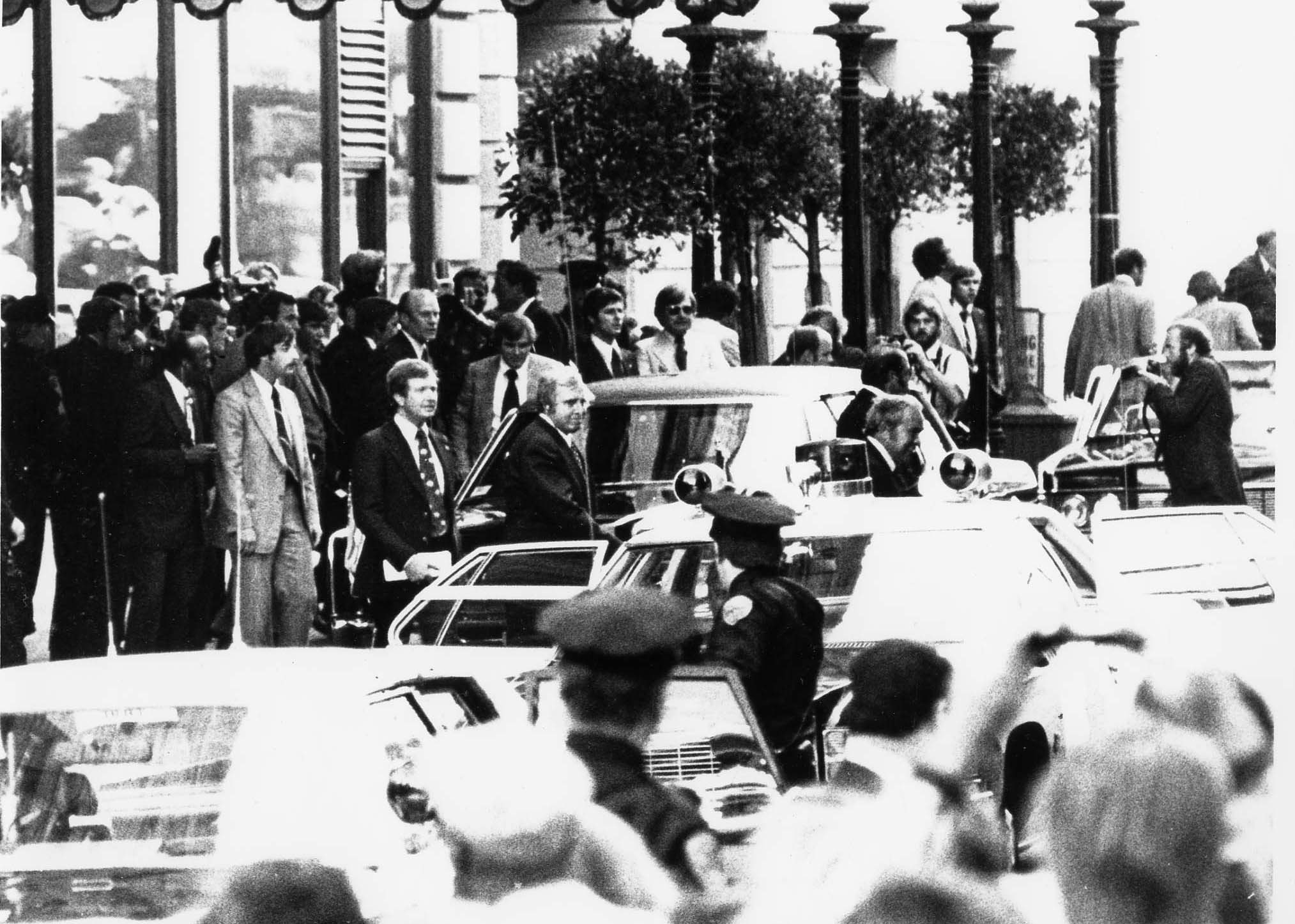
The view outside the St. Francis Hotel after Sara Jane Moore shot at President Ford on Sept. 22, 1975.
NARA/PhotoQuest/Getty Images
When the news reached Sipple’s family in Detroit, whom he had not told, his mother told him she never wanted to speak to him again. Years later, Sipple’s brother recalled in an interview how their father reacted: “He mentioned the fact that the next person that even said he had a son named Oliver, he was going to literally break their damn neck.”
Sipple filed a $15 million lawsuit against seven newspapers, accusing them of invading his privacy, but a judge threw it out. On disability for mental problems related to combat, Sipple began to drink heavily, squandering his checks at bars. His health deteriorated. He considered suicide.
Wayne Friday, a friend, told a researcher how Sipple would bemoan that he was better known for being gay than for saving a president. “I’d sit there in the bar with him, and I’d talk to him about it. ‘Hey, man, it is what it is.'” Friday recalled. “But he was just — he was just — down to nothing. This thing happened, and it overcame him.”
On Feb. 2, 1989, Friday found Sipple’s bloated body in his San Francisco apartment with a bottle of Jack Daniel’s nearby and the television still on. The coroner said he had been dead for about 10 days. Sipple was 47. Among the possessions found in his room was a framed letter from the White House thanking him for his heroism.
● ●
Here’s a fascinating podcast episode on the life of Oliver Sipple, including recordings of Sipple himself. 👉 Radiolab (~1 hour)
Wake up to must-read news from around the Golden State delivered to your inbox each morning.